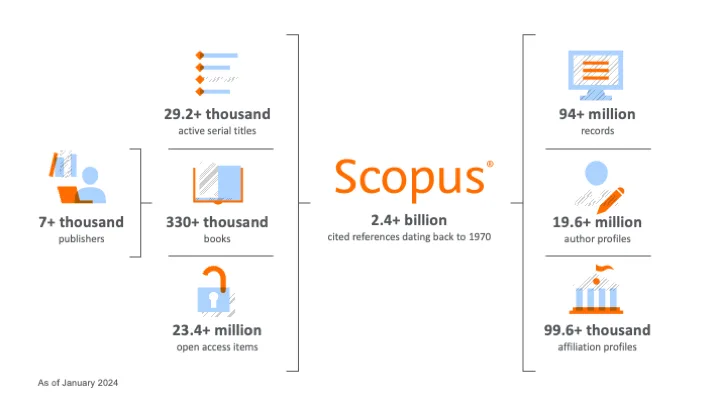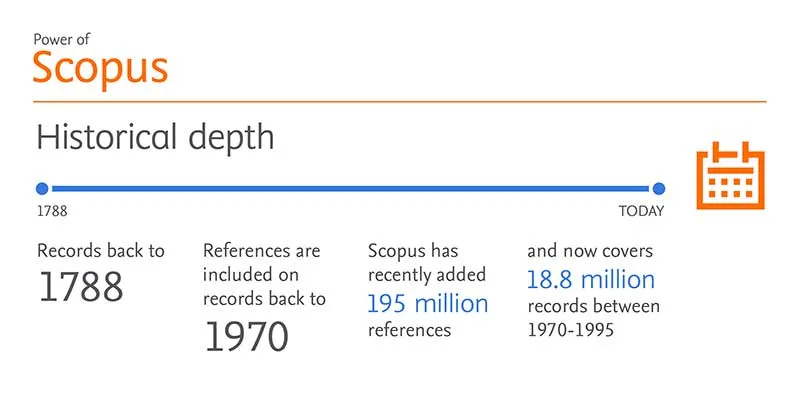Unparalleled access to critical research from around the world
Researchers, scholars and librarians trust the information and data they discover on Scopus because the content from more than 7,000 publishers is meticulously reviewed and selected by an independent Content Selection and Advisory Board (CSAB).
Read about the content that Scopus offers in our Content Coverage Guide(opens in new tab/window)









